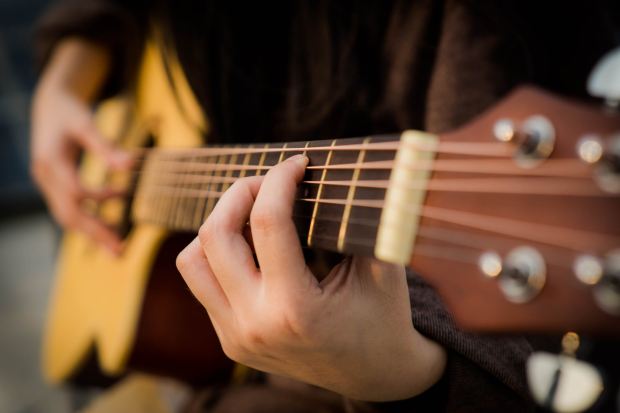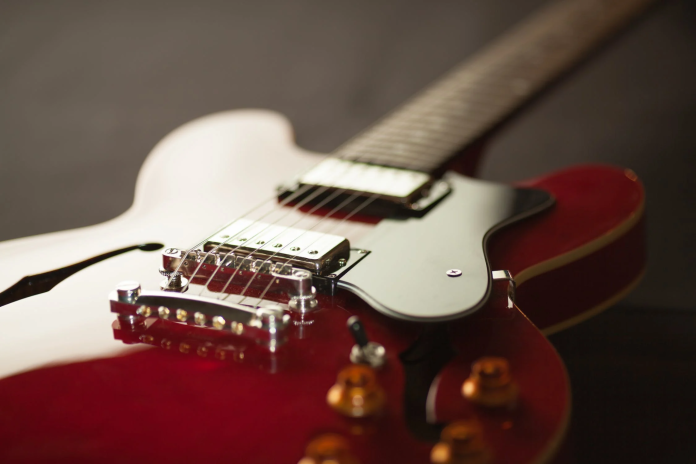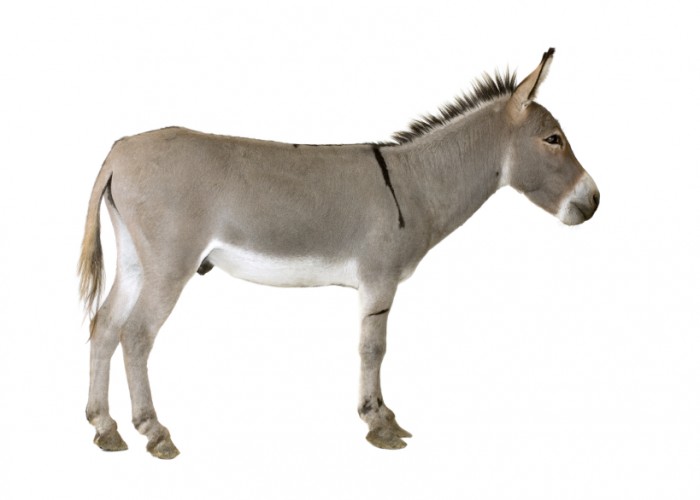When it comes to the best, there are many considerations. There are different types of instruments, including electric, acoustic, and their pedals. Let’s take a look at some of the most popular choices. You might even be surprised by what you discover!
Table of Contents
Acoustic
Acoustic guitars are the most popular instruments in the world, and there are a lot of reasons why. The first is the affordability, as many large instrument manufacturers outsource production to countries like China, Indonesia, or South Korea, where labor costs are low. While this allows instrument manufacturers to produce more instruments and sell them at a lower price, it also makes it difficult to control quality and consistency.
Another reason to buy an acoustic instrument is their sound, which is rich. Acoustic guitars (https://en.wikipedia.org/Acoustic_guitar) are very versatile, with a wide variety of tones and sounds. Some are made with exotic woods such as rosewood, ebony, or rosewood.
High-end acoustic instruments are beautiful instruments. The lathers who craft them take great care to give them an attractive appearance. They may use mother-of-pearl or abalone for fret board inlays, and they often use binding to make their instruments stronger structurally. The guitars also have beautiful finishes to complement the natural beauty of the tone wood.
Electric
It is possible to name several electric guitars that have shaped the course of music. The Fender Telecaster, for example, was one of the first instruments to use solid-body construction. It introduced a whole new style of music and sound, and helped make life easier for instrument players.
There are many models of electric instruments. The ESP ES-335 has a mahogany body, 21 frets, and two LH-150 hum buckers. It also has a push-pull coil tap, so the guitarist can easily switch between single-coil and hum bucker tones. The instrument is also equipped with a TOM bridge/tailpiece, which provides stability and intonation.
Electric instruments are the most popular instruments, and one of the most famous is the Stratocaster. It is the most instantly recognizable guitar in the world, and is one of the best guitars for beginners. It can be found in almost every style of music, but is most closely associated with rock ‘n’ roll and blues.
Amplifier
The BOSS Katana Artist MK II is a big guitar amplifier designed for the hardest-core rock guitarists. It is perfect for both crystal clean tones and distorted tones, and works well with most pedals. Its clean tone and high-gain sound are characterized by a thick, velvety sound, and the amp is also highly versatile.
The first of the Marshall Instrument amplifiers was the JTM45, created in 1963 by Jim Marshall.
It was a response to instrument enthusiasts’ demands for alternative amplifiers. It was a big hit in music circles, and helped shape the sounds of many great rock and blues bands of the 60s. It also influenced a generation of instrumentalists, including Jeff Beck and Jimmy Hendrix.
Another Marshall amplifier that made an impression was the JCM800. It was an updated version of the JMP 2203. It was designed to be more versatile and included a new master volume control that allowed distortion without blistering volume levels. It was used by many of the biggest rock stars of the time, and has remained in demand ever since.

Pedal
The ProCo Rat 2 is an iconic guitar pedal, known for its overdrive, fuzz, and distortion sounds. Its sound defined the style of 80s rock. This pedal features an all-black design and three knobs that can help you dial in the perfect mix of tones. Its tones range from clean amp to hard rock distortion, and are ideal for instrument players trying to recreate the classic sound of this era.
The MXR M101 is a budget-friendly version of a phaser pedal, which you can click here to see the best of. It features a TonePrint technology that allows you to load hundreds of presets from your instrument’s TonePrint app.
Reverb pedals should be powerful enough to produce hundreds of unique echoes in seconds. However, few reverb pedals are capable of matching the power and complexity of thousand dollar rack units. In contrast, delay pedals are less complicated to operate and require less processing.







